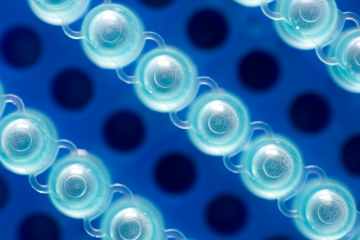Project grant
The use of honeybees to screen for toxins

At a glance
Completed
Award date
February 2007 - January 2009
Grant amount
£26,996
Principal investigator
Dr Helen Thompson
Institute
Food and Environment Research Agency
R
- Replacement
